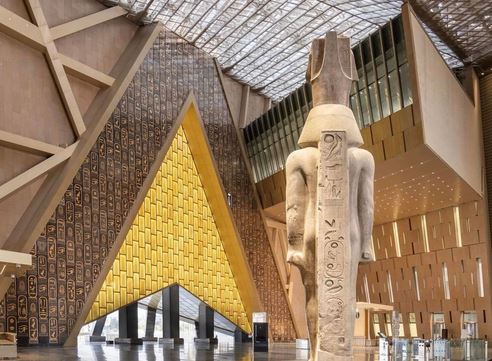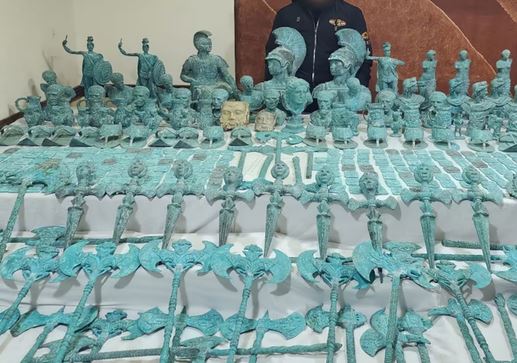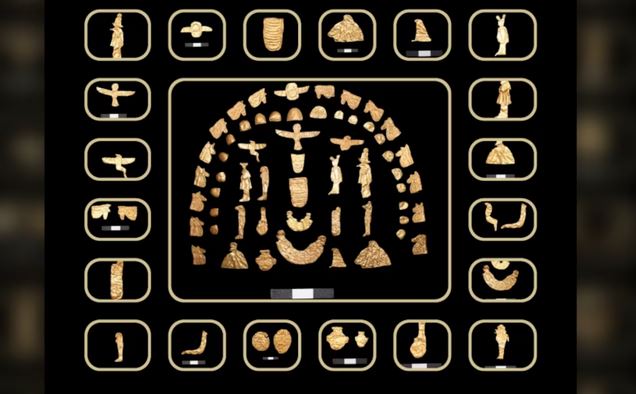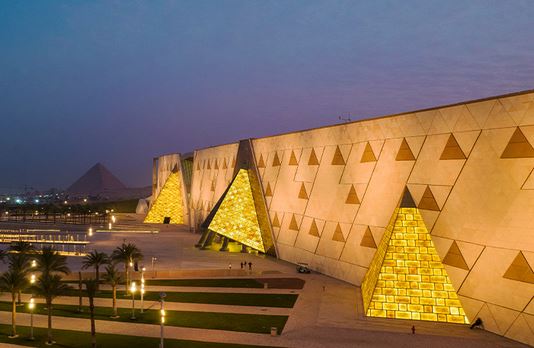After more than twenty years of anticipation and repeated delays, the Grand Egyptian Museum in Giza, Egypt, is finally ready to welcome visitors.
Set to officially open its doors this Saturday, the museum celebrates the wonders of Ancient Egypt and stands at the heart of the government’s plan to revive and expand the country’s tourism industry.

With over 50,000 artifacts, it will be the world’s largest museum devoted entirely to a single civilizatio.
For reference, the Louvre in Paris displays about 35,000 items.
Construction on the Grand Egyptian Museum began back in 2005, but political unrest brought the project to a halt for several years.
After numerous postponements, the long-awaited grand opening is now set for this weekend, with several world leaders expected to attend the ceremony.
A Monumental Museum Beside the Pyramids
Designed by the Irish firm Heneghan Peng Architects, the museum features a striking triangular glass exterior that mirrors the nearby pyramids.
Inside the vast entrance hall stands a 3,200-year-old granite statue of Ramesses the Great.

The museum features a massive six-story staircase lined with ancient statues, leading visitors up to the main galleries.
In total, the Grand Egyptian Museum offers 24,000 square meters of permanent exhibition space, along with a children’s museum, education centers, and conference facilities.
Most of the museum’s 50,000 artifacts were brought over from the historic Egyptian Museum in downtown Cairo, which has been the country’s main home for ancient treasures for more than a century.
Others were discovered during archaeological excavations and newly unearthed tombs.
The Tutankhamun Collection
The museum will also feature two entire halls devoted to the treasures of Tutankhamun, with around 5,000 artifacts.
It will be the first time the full collection is displayed together – the previous Egyptian Museum simply didn’t have enough room to show everything at once.

Among the restored pieces are the young pharaoh’s three funerary beds and six chariots, which have been carefully preserved in the museum’s conservation center.
They’ll be displayed alongside some of his most iconic items, including the golden throne, his burial mask, and the gold-covered sarcophagus.
Another highlight is the 4,600-year-old solar boat of King Khufu, the pharaoh credited with building the Great Pyramid of Giza.
Unearthed in the 1950s near the pyramid itself, the massive wooden vessel was buried to carry Khufu through the afterlife.








